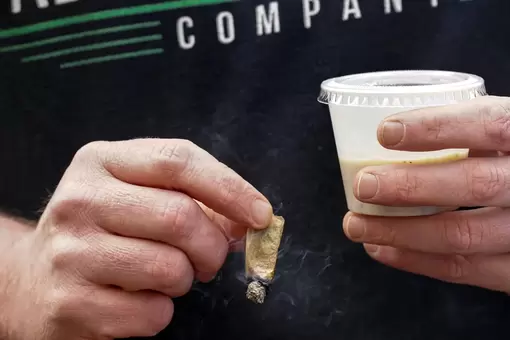
Frequent Marijuana Use May Raise Risk of Heart Attack, Study Suggests
The New York Times, February 28, 2024
People who frequently smoke marijuana have a higher risk of heart attack and stroke, according to a new study. It is an analysis of responses to the U.S. government’s annual survey on behavioral risk. “I worry that we’re sleepwalking into a public health crisis," said Dr. Salomeh Keyhani, a professor of medicine at the University of California, San Francisco. "The progress on tobacco smoking might be undone.”
The New York Times, February 28, 2024
People who frequently smoke marijuana have a higher risk of heart attack and stroke, according to a new study. It is an analysis of responses to the U.S. government’s annual survey on behavioral risk. “I worry that we’re sleepwalking into a public health crisis," said Dr. Salomeh Keyhani, a professor of medicine at the University of California, San Francisco. "The progress on tobacco smoking might be undone.”

A Fading Weapon in the HIV Fight: Condoms
The New York Times, February 27, 2024
Gay and bisexual men are using condoms less than ever, and the decline has been particularly steep among those who are young or Hispanic, according to a new study. The worrisome trend points to an urgent need for better prevention strategies as the nation struggles to beat the H.I.V. epidemic, researchers said. The CDC reports that between 2017 and 2021, the nation saw only an estimated 12 percent decline in HIV transmissions.
The New York Times, February 27, 2024
Gay and bisexual men are using condoms less than ever, and the decline has been particularly steep among those who are young or Hispanic, according to a new study. The worrisome trend points to an urgent need for better prevention strategies as the nation struggles to beat the H.I.V. epidemic, researchers said. The CDC reports that between 2017 and 2021, the nation saw only an estimated 12 percent decline in HIV transmissions.
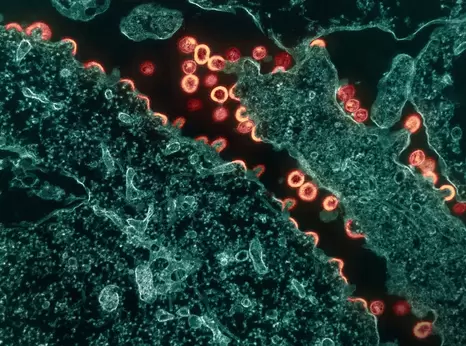
H.I.V. Groups Warn of Privacy Risks in How C.D.C. Tracks Virus Samples
The New York Times, February 9, 2024
The CDC revised its guidelines for tracking the genetic signatures of viruses collected from people newly diagnosed with HIV, a controversial practice called molecular surveillance used by state and local health departments to curb infections. The agency stopped short of adopting more significant changes that some advocates had pushed for, such as allowing health agencies to opt out in states where people can be prosecuted for transmitting HIV.
The New York Times, February 9, 2024
The CDC revised its guidelines for tracking the genetic signatures of viruses collected from people newly diagnosed with HIV, a controversial practice called molecular surveillance used by state and local health departments to curb infections. The agency stopped short of adopting more significant changes that some advocates had pushed for, such as allowing health agencies to opt out in states where people can be prosecuted for transmitting HIV.
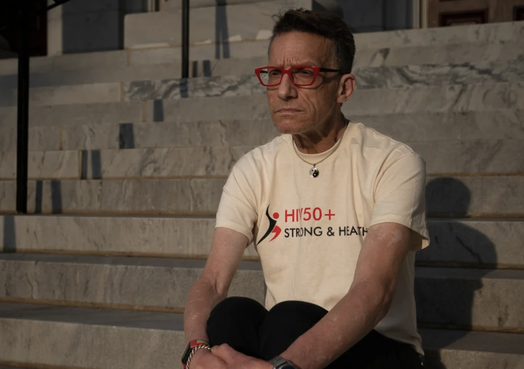
For 'Silver Tsunami' With HIV, New Hope For Healthy Aging
The New York Times, Sept. 10, 2023
People with H.I.V. are achieving the once unthinkable: a steady march into older age. But beginning around age 50, many people HIV face a host of health problems, from heart disease and diabetes to social isolation and cognitive decline. And so the medical research community, which some three decades ago developed lifesaving drugs to keep the virus at bay, is now hunting for new ways to keep older people with HIV healthier.
The New York Times, Sept. 10, 2023
People with H.I.V. are achieving the once unthinkable: a steady march into older age. But beginning around age 50, many people HIV face a host of health problems, from heart disease and diabetes to social isolation and cognitive decline. And so the medical research community, which some three decades ago developed lifesaving drugs to keep the virus at bay, is now hunting for new ways to keep older people with HIV healthier.

Antibiotic Shortage Could Worsen the Syphilis Epidemic
The New York Times, July 7, 2023
A new shortage of a type of penicillin crucial to the fight against syphilis, is alarming infectious disease experts, who warn that a protracted scarcity of the drug could worsen the U.S. epidemic of the sexually transmitted infection. The shortage, announced by the drugmaker Pfizer in a letter last month, involves Bicillin L-A, a long-acting injectable antibiotic also known as penicillin G benzathine.
The New York Times, July 7, 2023
A new shortage of a type of penicillin crucial to the fight against syphilis, is alarming infectious disease experts, who warn that a protracted scarcity of the drug could worsen the U.S. epidemic of the sexually transmitted infection. The shortage, announced by the drugmaker Pfizer in a letter last month, involves Bicillin L-A, a long-acting injectable antibiotic also known as penicillin G benzathine.

California's Plan for Cheaper Insulin Collides With Big Pharma's Price Cuts
The New York Times, March 24, 2023
California is moving ahead with its plan to produce state-sponsored insulin through a $50 million contract with Civica, a nonprofit organization. But its goal of offering cheaper medicine than brand-name companies may be much harder to achieve now that those major drug makers have decided to significantly drop sticker prices on some products.
The New York Times, March 24, 2023
California is moving ahead with its plan to produce state-sponsored insulin through a $50 million contract with Civica, a nonprofit organization. But its goal of offering cheaper medicine than brand-name companies may be much harder to achieve now that those major drug makers have decided to significantly drop sticker prices on some products.

Emailing Your Doctor May Carry a Fee
The New York Times, January 24, 2023
Electronic health communications and telemedicine have exploded in recent years, fueled by the coronavirus pandemic and relaxed federal rules on billing for these types of care. In turn, a growing number of health care organizations, including some of the nation’s major hospital systems have begun charging fees for some responses to more time-intensive patient queries via secure electronic portals like MyChart.
The New York Times, January 24, 2023
Electronic health communications and telemedicine have exploded in recent years, fueled by the coronavirus pandemic and relaxed federal rules on billing for these types of care. In turn, a growing number of health care organizations, including some of the nation’s major hospital systems have begun charging fees for some responses to more time-intensive patient queries via secure electronic portals like MyChart.
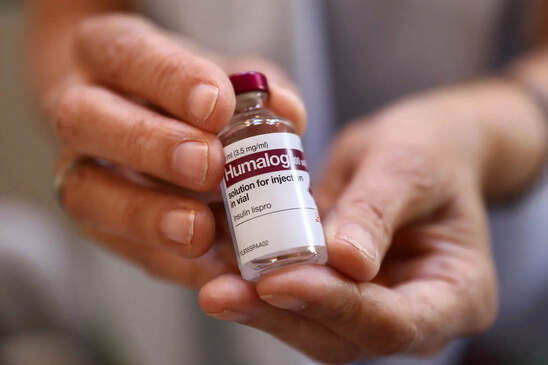
California Joins Other States in Suing Companies Over Insulin Prices
The New York Times, January 18, 2023
California has become the largest state to sue the major companies on the insulin market, accusing them of illegally inflating the price of the treatment and spawning a financial and public health crisis. Rob Bonta, the state’s attorney general, said in announcing the lawsuit that the companies had engaged in “unlawful, unfair and deceptive practices."
The New York Times, January 18, 2023
California has become the largest state to sue the major companies on the insulin market, accusing them of illegally inflating the price of the treatment and spawning a financial and public health crisis. Rob Bonta, the state’s attorney general, said in announcing the lawsuit that the companies had engaged in “unlawful, unfair and deceptive practices."
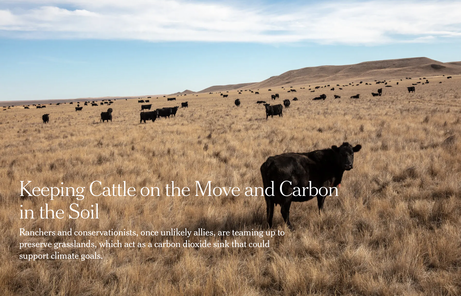
Keeping Cattle on the Move and Carbon in the Soil
The New York Times, October 2021
Whether the prairies of North America, the savannas of Africa and South America, the steppes of Eurasia, or the Pampas of South America, grasslands are in crisis. A nascent movement seeks to save these biomes and leverage their power as a carbon sink and source of biodiversity. Great Plains Cattle ranchers are using regenerative methods to improve the health of the grasslands.
The New York Times, October 2021
Whether the prairies of North America, the savannas of Africa and South America, the steppes of Eurasia, or the Pampas of South America, grasslands are in crisis. A nascent movement seeks to save these biomes and leverage their power as a carbon sink and source of biodiversity. Great Plains Cattle ranchers are using regenerative methods to improve the health of the grasslands.

Managing the Majestic Jumbo Flying Squid
The New York Times, June 2020
Multiple studies have found that climate change’s striking impact on the oceans — through warming, acidification, declining oxygen content and shifts in currents — is driving marine-creature territories in a mass shift away from the tropics and toward the poles. Jumbo squid have been expanding further down Chile's coastline, bringing economic opportunities, but also raising conflicts over the precious resource.
The New York Times, June 2020
Multiple studies have found that climate change’s striking impact on the oceans — through warming, acidification, declining oxygen content and shifts in currents — is driving marine-creature territories in a mass shift away from the tropics and toward the poles. Jumbo squid have been expanding further down Chile's coastline, bringing economic opportunities, but also raising conflicts over the precious resource.

To Feed a Hot Planet, They're Making More Efficient Plants
The New York Times, September 2019
To save the world from massive food shortages and cascading geopolitical crises, Australian agricultural researchers, along with their global colleagues and counterparts, need to cultivate crops that can achieve unprecedented bounty in ever harsher and more unpredictable conditions and yet thrive with fewer resources—including land, water and fertilizer—than today’s varieties.
The New York Times, September 2019
To save the world from massive food shortages and cascading geopolitical crises, Australian agricultural researchers, along with their global colleagues and counterparts, need to cultivate crops that can achieve unprecedented bounty in ever harsher and more unpredictable conditions and yet thrive with fewer resources—including land, water and fertilizer—than today’s varieties.
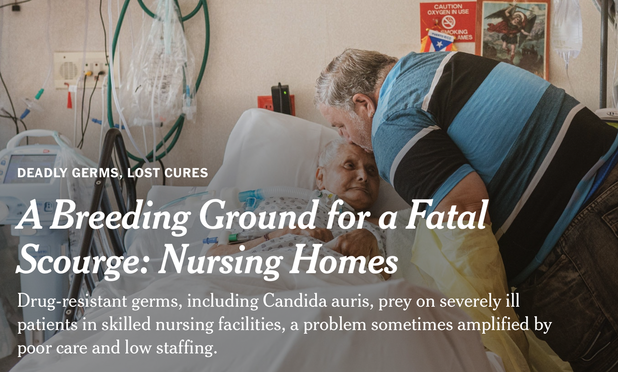
A Breeding Ground for a Fatal Scourge: Nursing Homes
The New York Times, Sept. 2019
(Additional reporting byline)
Nearly 40 patients at Palm Gardens Center for Nursing and Rehabilitation in Brooklyn, have been infected with or carry C. auris, a germ so virulent and hard to eradicate that some facilities will not accept patients with it. Now, as they struggle to contain the pathogen, public health officials from cities, states and the federal government say that skilled nursing facilities like Palm Gardens are fueling its spread.
The New York Times, Sept. 2019
(Additional reporting byline)
Nearly 40 patients at Palm Gardens Center for Nursing and Rehabilitation in Brooklyn, have been infected with or carry C. auris, a germ so virulent and hard to eradicate that some facilities will not accept patients with it. Now, as they struggle to contain the pathogen, public health officials from cities, states and the federal government say that skilled nursing facilities like Palm Gardens are fueling its spread.
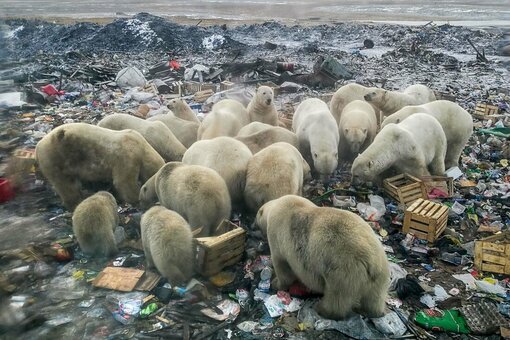
These Days, It's Not About the Polar Bears
The New York Times, May 2019
The nation has a serious climate-denial problem. Enter the fast-growing academic field of climate change communication. Across a swath of mostly Western nations, social scientists in fields like psychology, political science, sociology and communications studies have produced an expansive volume of peer-reviewed papers in an effort to cultivate more effective methods for getting the global warming message across and inspiring action.
The New York Times, May 2019
The nation has a serious climate-denial problem. Enter the fast-growing academic field of climate change communication. Across a swath of mostly Western nations, social scientists in fields like psychology, political science, sociology and communications studies have produced an expansive volume of peer-reviewed papers in an effort to cultivate more effective methods for getting the global warming message across and inspiring action.

“A Cater-Waiter to the Elite.”
The New York Times, October 2013
Metropolitan Diary
Once there was an intrepid young man who, freshly draped with the lush greenery of an Ivy League degree, saw the world at his feet. Those feet soon became callused and blistered, however, by the demands of an interminable sentence of hard cater-waiting (just punishment for his majoring in English)...
The New York Times, October 2013
Metropolitan Diary
Once there was an intrepid young man who, freshly draped with the lush greenery of an Ivy League degree, saw the world at his feet. Those feet soon became callused and blistered, however, by the demands of an interminable sentence of hard cater-waiting (just punishment for his majoring in English)...